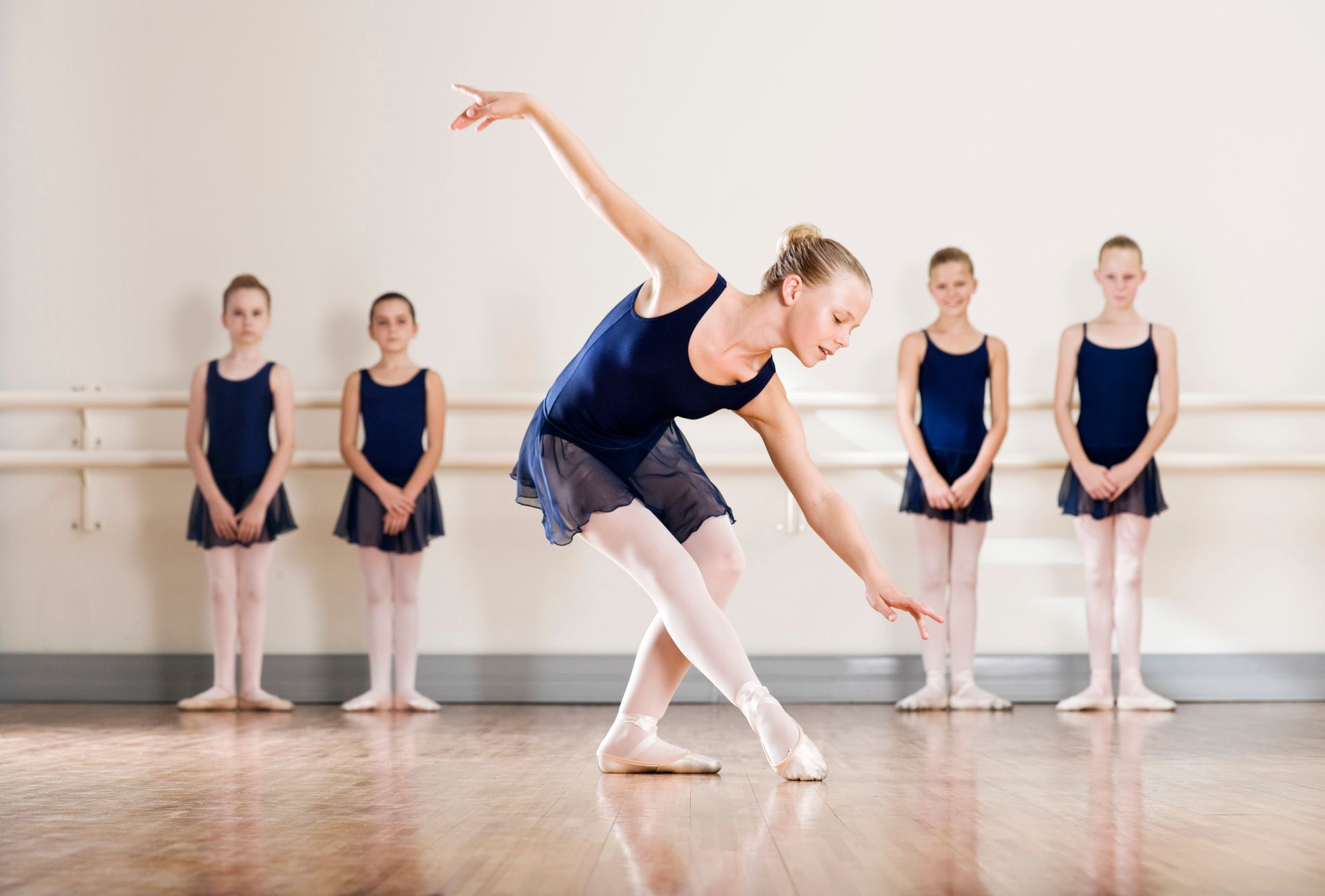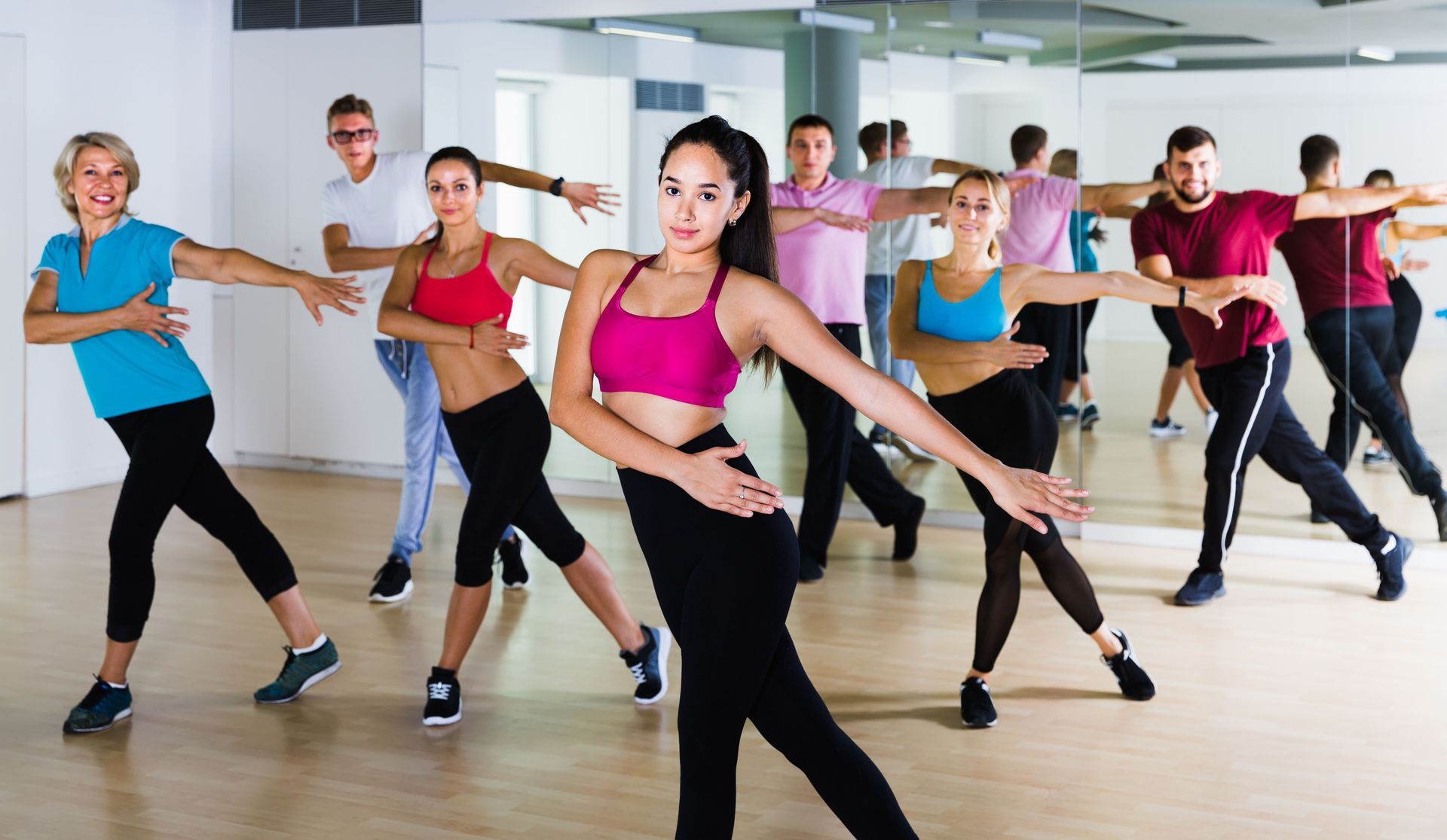September 11, 2025
Conditioning and injury prevention are vital components in a dancer's routine, ensuring they achieve peak performance while maintaining their health. The physically demanding nature of dance presents dancers with unique challenges that require strategic planning and discipline. By addressing these challenges, dancers can enjoy multiple benefits, including enhanced physical capabilities and a prolonged career. These practices also instill discipline and body awareness that carry over into daily life, promoting overall wellness.
Enhancing Performance and Endurance
Conditioning plays a significant role in improving a dancer's performance by increasing their strength, flexibility, and cardiovascular endurance. By incorporating targeted exercises such as core strengthening into their routine, dancers can enhance their physical capabilities, leading to more expressive and powerful performances. Moreover, increased endurance allows dancers to perform longer without experiencing fatigue, which is crucial for rehearsals and performances. Consistent conditioning also helps prevent performance plateaus, allowing dancers to continuously improve their skills.
According to the National Institutes of Health, nearly 97% of all professional ballet dancers reported at least one injury during a season, making conditioning and injury prevention critical for continuous improvement and resilience. Enhancing endurance doesn't just translate to physical benefits; it also fosters mental resilience, allowing dancers to push through long practices and challenging routines effectively and safely. This combination of mental and physical endurance strengthens confidence, which can positively impact stage presence and audience engagement.
Conditioning also assists in refining technical skills, as greater muscle control leads to more precise movements. This translates into smoother transitions and more refined dance techniques, which are essential in maintaining professional standards. As dancers refine their techniques, they become more adept at executing complex choreography with precision and grace. Over time, this mastery reduces the risk of errors that could cause injury, further supporting long-term career sustainability.
Prolonging Longevity and Reducing Downtime
Conditioning and injury prevention are crucial in extending a dancer's career by minimizing the risk of long-term damage that can prematurely end or interrupt careers. By focusing on injury prevention, dancers can reduce downtime caused by injuries, allowing them to maintain their career momentum. Conducting regular risk assessments and incorporating appropriate preventive measures can mitigate common dance-related injuries. A proactive approach also builds a sense of security, allowing dancers to approach challenging routines with confidence.
Through injury prevention strategies, dancers learn to listen to their bodies, recognizing signs of potential injuries before they become serious. By addressing issues early, dancers can take proactive measures, such as adjusting routines or seeking medical attention, to manage and prevent further complications. This approach not only safeguards physical health but also supports mental well-being, as dancers faced fewer disruptions to their careers. Early intervention encourages a mindset of self-care that benefits both professional and personal aspects of life.
By integrating conditioning and injury prevention, dancers can create a supportive environment that also addresses mental health aspects holistically, offering a stable foundation for career longevity. Implementing a comprehensive strategy that includes conditioning and mental health support encourages a balanced lifestyle that promotes overall well-being. This holistic focus ensures dancers can sustain both high performance and a healthy work-life balance over time.
Strengthening and Stretching Protocols
Effective injury prevention involves strengthening and stretching protocols that target commonly affected areas such as ankles, knees, and lower back. Implementing strength training routines focused on building muscle support around joints can significantly reduce the risk of injuries. This approach not only boosts strength but also enhances mobility, which is vital for executing dance movements safely. Strong, well-supported joints also improve posture and alignment, which are critical for professional dance technique.
Stretching is equally important, as it improves flexibility and range of motion, which are critical for preventing strains and sprains. Dynamic stretching, in particular, is effective because it prepares the body for activity while reducing the risk of injury by increasing blood flow to the muscles. Additionally, techniques such as proprioceptive training enhance balance and coordination, further reducing the likelihood of mishaps during performances. Combining strength and flexibility training creates a well-rounded body capable of handling the physical demands of dance.
Dancers should make use of personalized conditioning plans that address individual weaknesses and imbalances. Regularly updating and revisiting these plans ensures that they remain relevant and effective. By committing to a regimen that combines strength, flexibility, and sensory training, dancers can create a robust defense against injuries, promoting sustained health and performance excellence. Personalized plans also encourage self-awareness, helping dancers track progress and set achievable goals.
Balancing Dance Practice With Conditioning Exercises
Integrating conditioning into daily routines requires strategic planning to ensure it complements regular dance practice without causing fatigue or overtraining. Dancers can seamlessly incorporate conditioning exercises by scheduling them at times that allow for optimal energy use, such as after warming up or during breaks. Prioritizing exercises that enhance specific dance skills further ensures efficiency and relevance, aligning conditioning with dance goals. Properly balanced schedules help prevent burnout, maintaining motivation and consistency over time.
Customizing conditioning routines to fit personal schedules and goals is key to maintaining consistency. Within a balanced regimen, alternating focus areas—such as dedicating specific days to strength, cardiovascular, or flexibility training—prevents burnout and keeps the body challenged. The strategic integration of breaks and adequate rest periods in routines prevents fatigue, optimizing performance and recovery. A well-designed schedule allows dancers to target all aspects of fitness while preserving energy for peak performance.
Fueling the Body for Optimal Performance
Nutrition is a critical component in supporting conditioning and injury prevention efforts, providing the energy needed for rigorous training and performance schedules. A balanced diet rich in macronutrients and micronutrients fuels the body, enhancing recovery and supporting muscle growth and repair. Proper hydration further optimizes physiological processes, maintaining peak body function and reducing the risk of cramps and strains. Eating strategically around training sessions can also maximize energy availability and recovery efficiency.
By focusing on nutrient-dense foods, dancers can ensure they meet their dietary needs, supporting their bodies through grueling routines. Proteins, carbohydrates, and healthy fats play specific roles in maintaining energy levels and muscle health, with proteins aiding muscle repair, carbohydrates providing energy, and fats supporting joint health and hormone production. These dietary practices align with conditioning and injury prevention, underscoring the interconnectedness of nutrition and physical performance. Monitoring intake and timing meals appropriately helps dancers maintain optimal body composition and energy throughout the season.
In addition to physical benefits, proper nutrition supports mental health, reducing stress and fatigue associated with demanding performance schedules. By ensuring nutrient needs are met, dancers can perform with greater focus and resilience. Nutritional strategies provide a comprehensive approach to sustaining health and optimizing the physical and mental aspects of dance performance, fostering a stable and rewarding career. A focus on proper nutrition also reinforces long-term health habits that extend beyond a dance career.
The critical role of conditioning and injury prevention in a dancer's routine can't be overstated, as it directly impacts their performance, career longevity, and overall well-being. By integrating effective conditioning practices, injury prevention strategies, and nutritional support, dancers can enhance their physical capabilities and safeguard against the unique challenges of their profession. Through proactive measures, dancers can enjoy a fulfilling and sustainable career, driven by continuous health and performance excellence. Ultimately, this comprehensive approach empowers dancers to reach their full potential while minimizing setbacks and maximizing longevity in the art form. Reach out to the Pennsylvania Academy of Dance Arts to learn more today!






